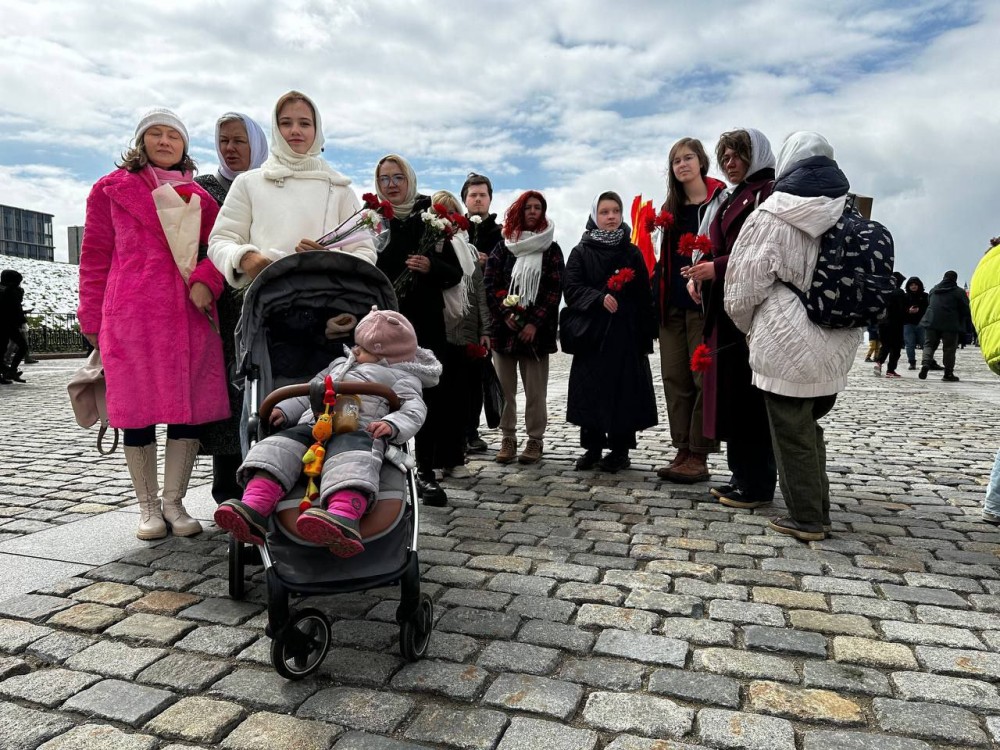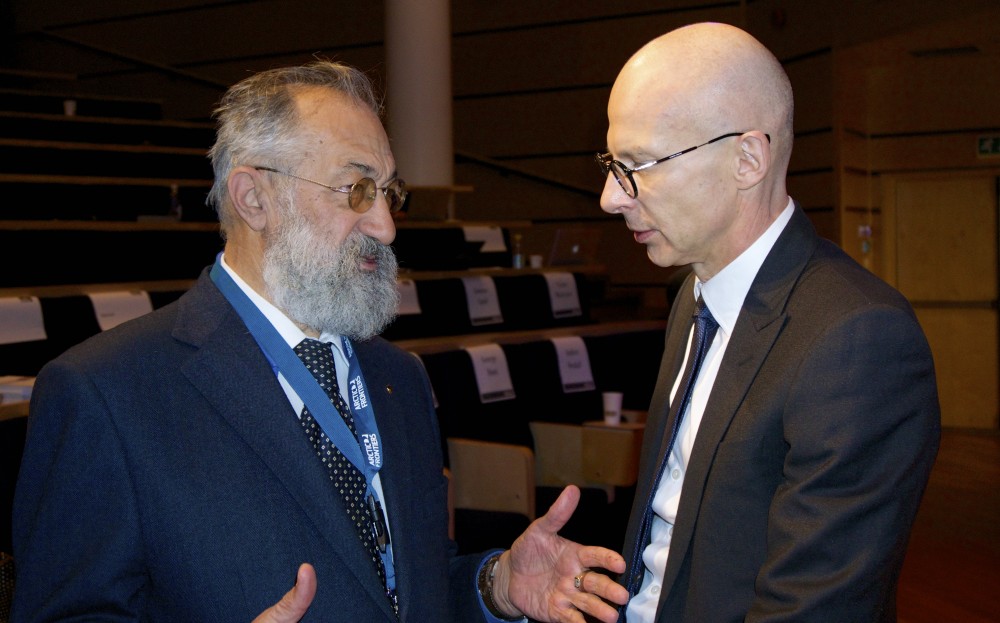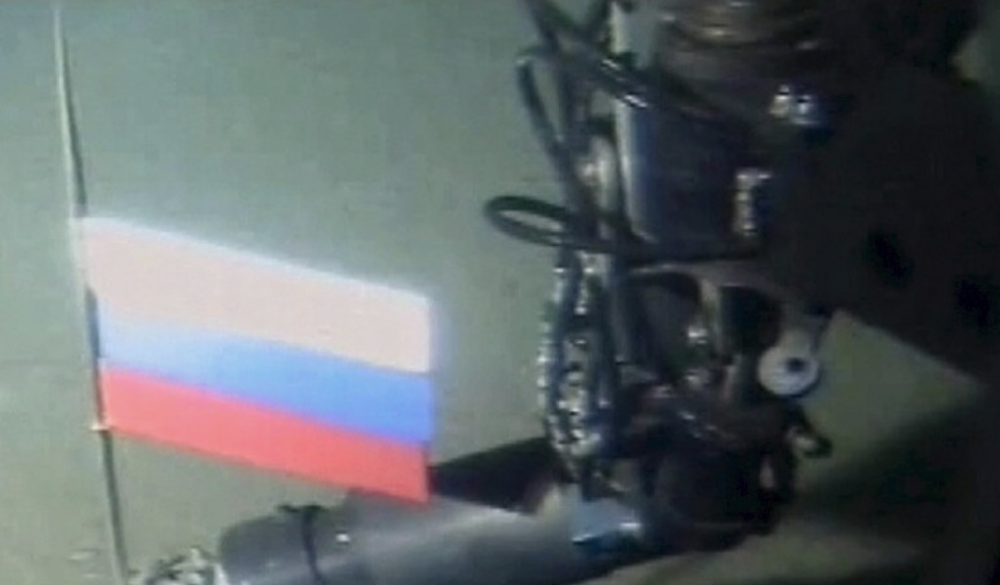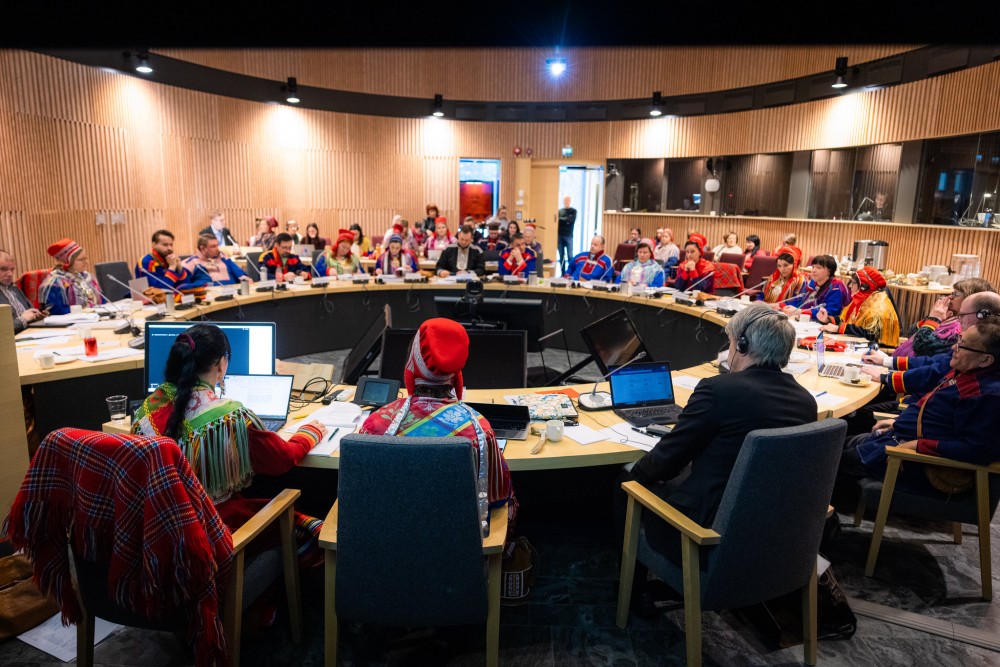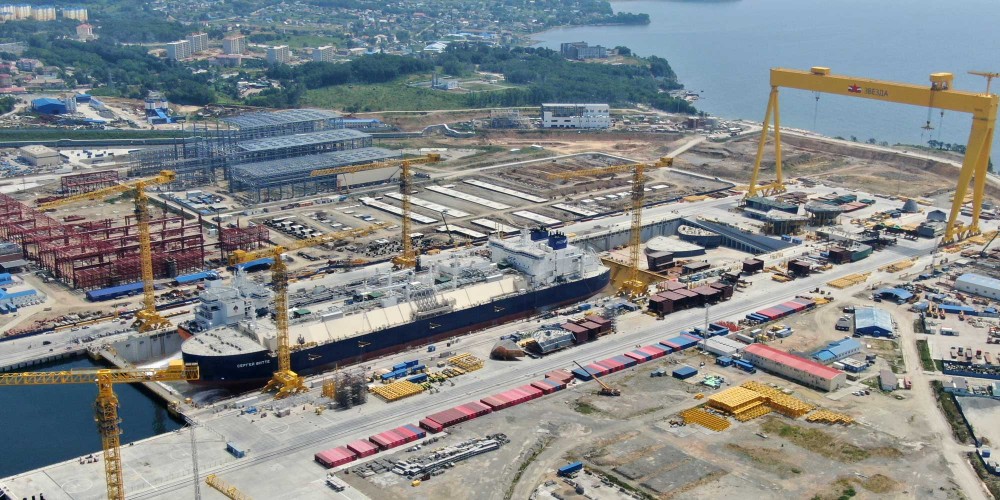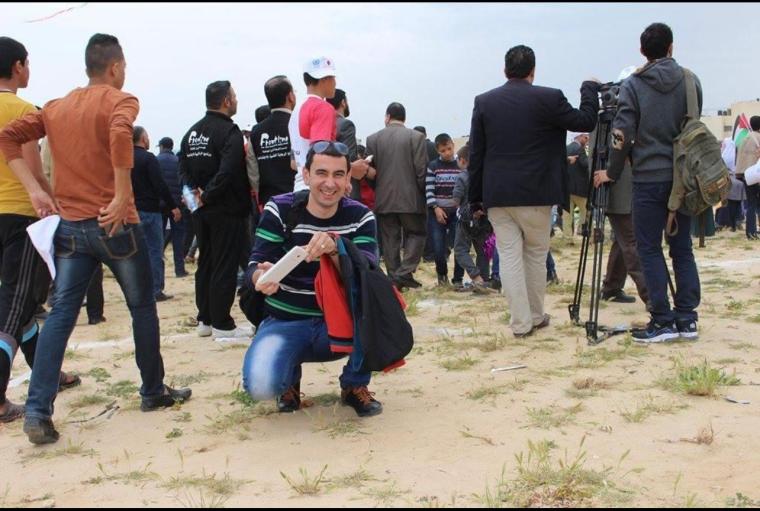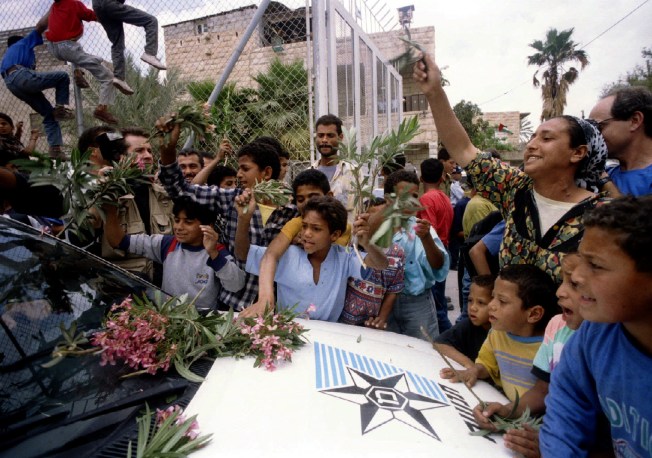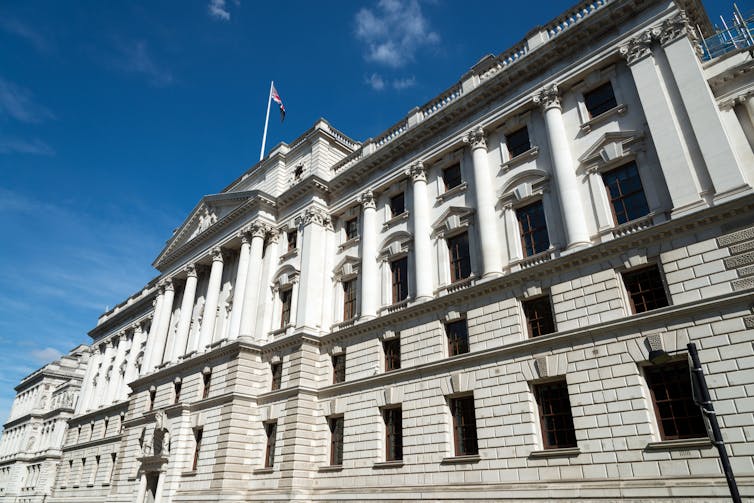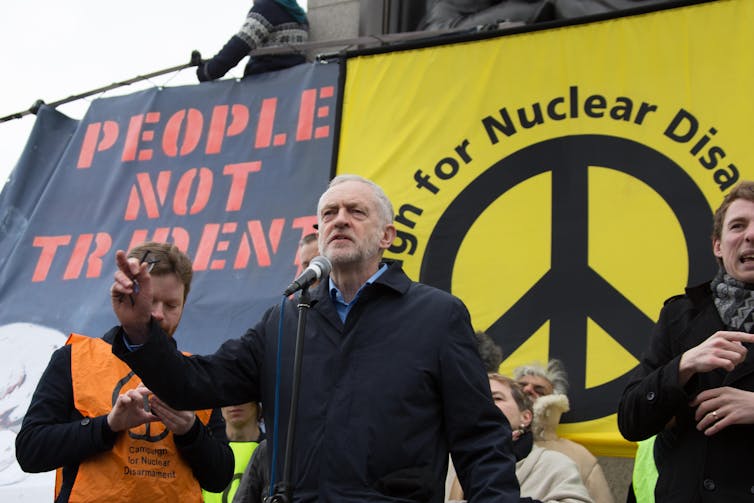Norway has set June 10th as deadline to tear down the giant orthodox cross illegally erected last August in the Soviet ghost town of Pyramiden.
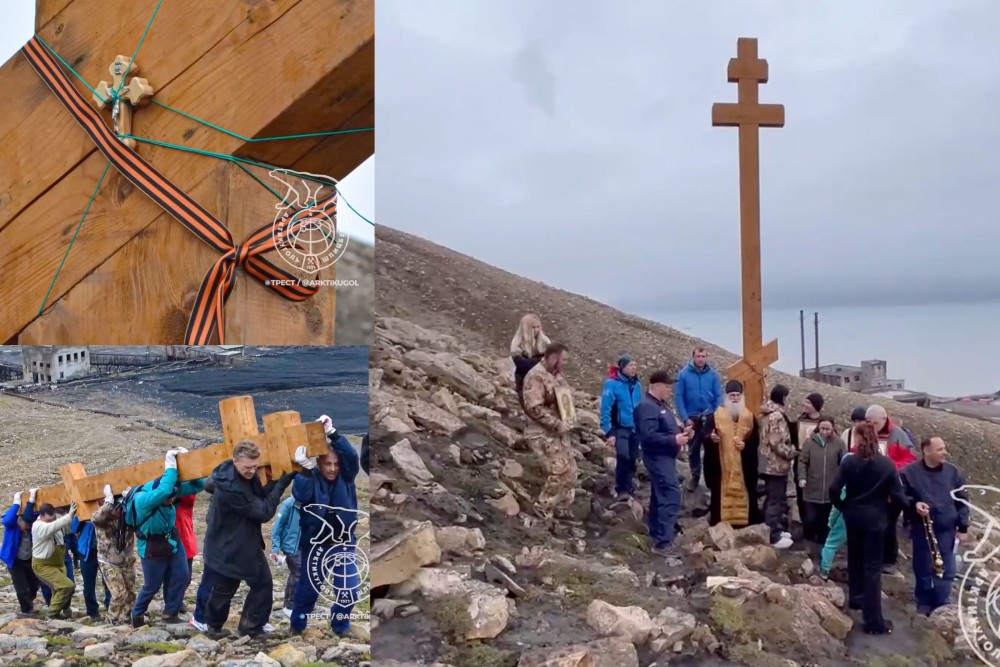
Bishop Iyakov of Naryan-Mar and Mezen proclaimed Pyramiden to be Russian as he blessed the ghost town with holy water. The Russian Orthodox cross erected on August 5, 2023, is decorated with St. Georg's Ribbon, a symbol widely associated in Russia with the commemoration of victory in World War II, patriotism and support to the war in Ukraine. Photo collage with screenshots from video by Trust Arktikugol
By Thomas Nilsen
June 04, 2024
BARETS OBSERVER
Trust Arktikugol, the Russian state-owned company running Moscow’s activities in Barentsburg and Pyramiden, asks in a letter to the Governor of Svalbard for permission to move the cross to inside the regulated zone for buildings in Pyramiden. The Barents Observer has received a copy of the letter from the Governor’s Office.
“Because the case is of great public importance and extra resources is needed to move the cross, the Trust asks the Governor of Svalbard to come up with an answer by June 10th…,“ the letter, which is signed by Director Ildar Neverov, reads.

Attached to the letter is a map, suggesting the cross to be moved and re-erected. The new location is some 140 meters from the “Pyramiden-sign” between the port and the main buildings of ghost town. That is just within the boundary regulated for buildings.
It was bishop Iyakov of Naryan-Mar and Mezen who led the ceremony to erect the giant orthodox cross in Pyramiden, a Soviet ghost town at Svalbard. The bishop is well-known for pushing Russia’s geopolitical ambitions in the Arctic by blessing polar outposts together with leaders of military and security structures.
Bishop Iyakov devoted his Svalbard cross to Georgy the Victorious, the saint seen in Russia as the protector of soldiers.
To underline the military message, a propagandistic St. George’s Ribbon decorated the cross. This ribbon is today a strong symbol of supporters of the Russian war against Ukraine.
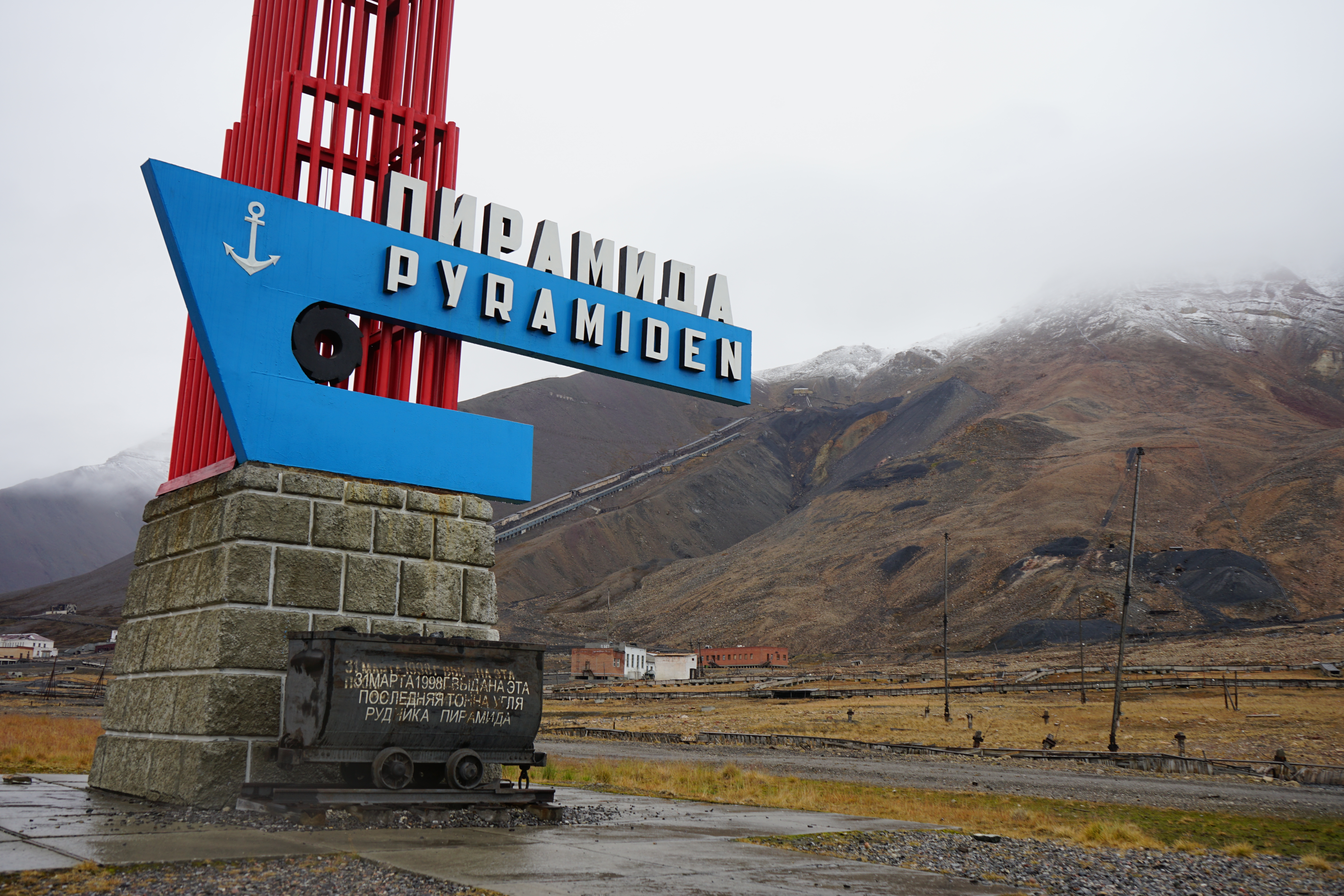
Unlawful
Svalbard’s environmental protection and cultural act is strict and the Governor’s office underlines that erection of such a cross is not allowed without prior approval. “Trust Arcticugol is ordered to remove the cross that has been erected without permission in a cultural heritage, nature and outdoor area (KNF area) north of the harbor in Pyramiden,” the letter concludes.
In his appeal letter dated October 2, obtained by the Barents Observer, director Ildar Neverov draws historical lines back to the 16th century when the Pomors [Russian settlers living on the White Sea coasts] started to erect crosses along Arctic shipping lanes.
The appeal was turned down by the Ministry of Environment in Oslo and a deadline to demolish the cross was set to June 10th.



